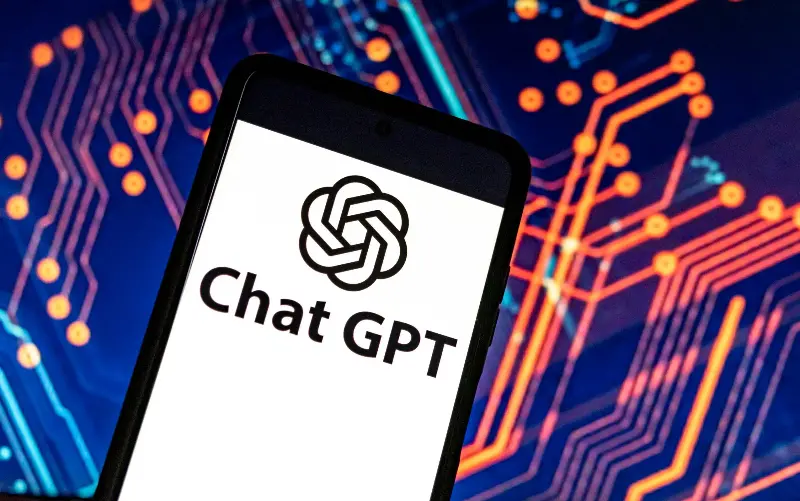
I hate memorial services. The idea that one can celebrate something wonderful that has gone is anathema to me.
But I felt privileged to be in St Bride’s Church in Fleet Street last week to hear about the extraordinary life of Joe Saumarez Smith, the former chairman of the British Horseracing Authority.
Trainer John Gosden’s rigorously edited rendition of An Equestrian’s Prayer hit the spot:
Joe’s head was clear right up to the end. Only days before he died he was texting executives at the BHA to highlight how Artificial Intelligence can help horse racing.
So when Great British Racing announced a new £3.62 million advertising campaign the next day, I followed Joe’s prompting and asked ChatGPT how it would spend that money.
The GBR campaign will be aimed at “people who have never had a relationship with racing but are open to it” and “casual fans who have either lapsed or are attending only once a year”. I would imagine readers of this column are more likely to fall into the latter category.
So with the same guiding principles, I set the brains at ChatGPT to work. And in approximately three seconds I had a very impressive-looking campaign mapped out. Worth a hundred thousand pounds of any client’s money in the old days, although it didn’t include a boozy lunch in Langan’s Brasserie on expenses. But is it genius or is it all fur coat and no knickers?
There are 10 main categories of action, which is a slightly suspicious round number, if you ask me.
“Create engaging content” such as “educational resources”, which I think is another way of saying make an idiot’s guide, is its first suggestion. That sounds like old hat but “behind-the-scenes” video content feels as if it could be a YouTube hit as long as it does not just trot out the usual suspects. The best stories in racing are the lives of the people who look after the horses.
The second suggestion is that racing should create challenges and contests for participants, who may be fans one day, to play on Instagram and TikTok. And that for me is the knockout idea, as long as it incorporates data creation and interpretation.
I have been involved in an idea to create a Virtual horse racing game that could have garnered millions of online horse racing fans. But like so many of these projects, it has fallen by the wayside.
And more’s the shame. There have been other attempts to recreate what it is like to own and train racehorses, and make decisions that carry real jeopardy, but nothing of any substance.
A rather less original suggestion is that racing should enter into “influencer partnerships”, but its lack of originality is not to say that it is a bad idea. If it works for big retail brands it can work for racing.
However, imagine the Jockey Club, for example, trying to justify paying hundreds of thousands of pounds to someone like Bella Poarch or Addison Rae? The chances are you have never even heard of them. Nor had I, but according to ChatGPT they are the most popular influencers of 21-year-olds in the UK. Although that can change rapidly! As can your job as CEO of the Jockey Club after you have handed them the money.
There are other smart suggestions such as collaborating with other sports and brands. Ascot has shown how well that works with international insurance group Howden when it comes to getting bums on seats at Christmas.
But the only other idea that did not sound as if it had come out of a second-rate marketing agency was to “leverage technology”, particularly “augmented reality experiences”.
Racing needs to invest heavily in augmented reality. So few people are lucky enough to ride a horse in a race, so the sport needs to spend big on technology that allows fans to understand what it feels like. Golf has done that, Formula 1 likewise.
Of course the question you should now be asking yourself is who actually wrote this column? Charlie Brooks or ChatGPT? And if it is the former, for how much longer?
